Summary You know the deal by now, marks out of 5, the higher the score the better. Cost (relative to other areas of Manhattan): **** You can get much bigger places in FiDi for cheaper rental prices than most areas south of Central Park Transport and accessibility: **** Most main subway lines converge at the tip of Manhattan to give you quick access to the island as well as boats and the PATH train to New Jersey and Brooklyn Nightlife and entertainment: * Other than Stone Street, its a pretty poor place for a night out, but things are improving and TriBeCa is just a short walk Shopping and convenience: ** A large Century 21 and a new Westfields Shopping Centre are good, but there is no where near the diversity of shops as there are in SoHo or Greenwich Village. Grocery shopping is also more expensive, with the nearby Whole Foods in TriBeCa the best option History and culture: ***** You won't find anywhere in New York with the history of FiDi and the area also boasts a small number of museums The Financial District of Manhattan, commonly referred to as FiDi, is the oldest part of New York City. In fact, the boundaries of FiDi are similar to the pre-New York Dutch settlement of New Amsterdam. The area is known as the Financial District due to the number of financial institutions located within its boundaries. FiDi is not only home to a large number of banks, insurance companies and asset management firms, but its also home to the New York Stock Exchange, the largest stock exchange in the world in terms of market capitalisation and the blue chip index NASDAQ. The area is also home to Wall Street, a road that has become synonymous with finance, investment and trading. It's relative age compared to the rest of the city also means that it is completely different to the area's directly to its north. Unlike most of Manhattan, the streets are laid out in a more European manner as opposed to a grid system. Buildings are tall, the roads are narrow and for the New World it has a surprising amount of history. However, up until the early 2000's, FiDi was not considered a fashionable place to live. The population was roughly 20,000 and it was associated with bankers and traders - a place to work as opposed to a place to live. The last decade however has seen wholesale changes. The population has more than doubled, and the area has now began to attract celebrities, workers and young families into an increasingly lively neighbourhood. It is also the area that I have decided to call home during my time in New York. FiDiFiDi isn't so easily defined, and its boundaries appear differently in certain maps and also on who you speak with. The most broadest description of the financial district is south of Worth Street as far as Bowling Green. The east side of the area is bordered by the South Street Seaport which is not generally included as part of FiDi, whilst the west side ends at the Battery Park and Battery Park City area. It gets a little trickier as you head north. Some maps include the Civic Centre as part of the financial district, while most don't. To me there is a natural break at Fulton Street where the financial buildings give way to the courts and the generally accepted view is that the Civic Park represents the northern boundary of FiDi and that's the view I take. North of Civic Centre area is SoHo, TriBeCa lies directly to the west and Chinatown is north east. Home Sweet HomeWhen I decided to move to New York, all my friends were pitching in telling me about the best areas to stay in. The majority told me stay somewhere between Houston (1st Street) and 14th Street in either the West Village, Greenwich Village or the East Village. A number of people told me Williamsburg was the new cool place to be, whilst others told me Dumbo in Brooklyn would be the perfect place to stay. They were all surprised and a little perplexed when I chose the unfashionable financial district. For me, the most important decision was the commute to work. An apartment in FiDi would allow me to get to work in under 15 minutes without catching the subway. Another important factor was transport. As Manhattan narrows the further south you go, train lines congregate at the tip of Manhattan. Nearly every line is within a 5 minute walk of my apartment. Finally, I love the history of the area. Nowhere in New York has the history of FiDi. There was of course the added bonus of it being slightly cheaper. Despite a growth in its population, it is still largely seen as a place of work (think the City or Canary Wharf) and therefore, on weekends its a little bit quieter. The apartment that I chose has been perfect. Larger than the box rooms that I would be living in if I had decided on living further north, the apartment has fantastic views of the Freedom Tower, TriBeCa and Midtown from the north side, Wall Street on the west, the Hudson River and the Statue of Liberty on the south and New Jersey on the west. An apartment with similar views further north would have cost substantially more (thank you company for paying!) although in all honesty its unlikely places further north would have the views of both rivers and the city. I found that, although not as good as some of the areas further north, the shopping wasn't actually too bad. I have a large Whole Foods in TriBeCa, about a 10 minute walk from my apartment that is open long hours and is the perfect (if not a little expensive) place to do my weekly shop. I also have a large Century 21 store almost on my doorstep. Many people come from England to buy cheaper clothes in New York. The weakening of the Pound means that those bargains aren't so tempting anymore, but Century 21 is the American equivalent of TK Maxx and I've managed to find some bargains there. There's also a large Westfields shopping centre that I generally don't go into, although from the outside the design of the building is very unique. Wall StreetIt's perhaps the most famous street in the world, and its certainly perceived to be the richest, Wall Street is synonymous with capitalism and particularly the form of capitalism that has been championed by the United States since the Second World War. Wall Street also represents the virtues of this dominant economic system: buildings shoot up into the sky, visible results of a successful economy. These are buildings that were once innovative and progressive, a complete shift from the Old World. Wall Street also represents some of this systems shortcomings: excessive greed and growth concentrated in the hands of the few and at the expense of aesthetics and the environment. The tall buildings cast almost permanent shadows onto the dark streets below. The narrowness of the area causes huge wind tunnels and people scurry from office to subway like rats. Wall Street to me also represents the wider United States. At the turn of the last century, this was the most valuable piece of real estate on the planet. It was the financial engine of the world, a debtor to the war torn countries in Europe by 1918. It's growth seemed exponential and buildings were built up and torn down and built up again as ideas replaced ideas and new companies took advantage of this streets dynamism and financial muscle. In 2017 the story is quite different. Most of the big banks and insurance companies have left the area and relocated to Midtown. Those that have stayed behind have also based some of their operations in other parts of the city. Wall Street is a little rundown, dilapidated and unsure of its role in the city. Cathedrals of finance have been replaced by residential tower blocks and it seems, at times, like a congregating place for Lower Manhattan's homeless. That being said, the top of Wall Street is still very beautiful. The corner of Wall Street and Broad Street houses the New York Stock Exchange, the largest stock exchange in the world by market capitalisation. Security fears have meant that you can no longer go into the actual stock exchange, but even from the outside it looks pretty spectacular. Opposite the NYSE is the Federal Hall, a landmark historical building that I visited on the 4th of July, a particularly poignant date in its history thanks to its association with George Washington and its purpose as the first Capitol of the US (although the current building is not the original). The gorgeous Trinity Church also watches over the northern entrance to Wall Street and the juxtaposition between old and new is a nice touch. However, as soon as you start walking even a couple of minutes down the road, Wall Street turns into nothingness. Other than the underwhelming Museum of American Finance, there isn't much to see or do. However, lets not forget the streets surrounding it. Liberty Street is home of the beautiful New York Federal Reserve, a huge building (in volume not height) that also houses some of the nations gold. Then there is Pine Street, home of 70 Pine Street, a marvel of creative building and once the second tallest building in the world. Trinity and St PaulsTwo of the oldest buildings in the financial district are two churches that once dominated the Lower Manhattan skyline: Trinity Church and St Paul's Chapel. Trinity Church has hosted a place of worship on its land the longer of the two, but the present church is actually the third iteration of the original building. The original building dates back to the 17th century, however after being burned to the ground by American patriots during the Revolutionary Wars, the present building was completed in 1846. It was once the place where George Washington worshipped and the building is rife with Masonic symbolism. The inside is relatively grand considering the building is not a cathedral but a church, however its most famous aspect is the walk through cemetery at the back that hosts the resting place of some of the most influential early Americans, including Alexander Hamilton. St Pauls is at the northern end of FiDi. When the Church was first built, it was the tallest building not only in the financial district but in the whole of New York City. It's fascinating to see how now it stands dwarfed by large buildings on each side, with the Freedom Tower looming in the background. The inside isn't quite as grand as Trinity Church but includes a lot of educational facts about the church and the local area. As with Trinity Church it has a walk through cemetery in the back. Both churches look like throwbacks, frozen in time whilst the world around them has changed, and that's what make them so interesting and beautiful. The coming together of the two worlds is something that London does well, but you can only really find it in FiDi when it comes to New York. HistoryCompared to most cities in the Old World, New York is relatively new and therefore its documented history exists only as far as 1624 when Dutch colonists founded New Amsterdam. The boundaries of this early settlement extended to Wall Street (where the Dutch built a border wall to keep out native tribes and the encroaching English). Therefore, FiDi is the oldest part of the city. Unsurprisingly, this history means that it feels a world apart from the rest of the city, although barely anything has survived from this period as a result of a few large fires and wholesale construction. Unlike the grid system north of Houston, FiDi retains a European character in terms of its narrow winding streets. It's skyscrapers (other than WTC) look and feel older than the ones in Midtown and the architecture as a whole is keeping in with the area's heydey in the early 20th century. New York is also known as a city that constantly reinvents itself. Whilst that means it is constantly innovating, it tends to be at the expensive of retaining its history. Numerous historical buildings of value have been torn down in the name of innovation and progression. Not least of these is the Federal Hall. Located on Wall Street, Federal Hall served as the seat of the first US Capitol where a number of important pieces of early American legislation were passed. Unfortunately, the early 19th century saw the building being demolished, only to be rebuilt in 1842 as the Custom House and then finally as a national monument. Fraunces Tavern is another landmark of historical importance. The tavern was the sight of early patriot meetings during the Revolutionary War and served as the place where George Washington gave a final leaving speech to Continental Army officers at the wars conclusion. As with Federal Hall, the building standing today is not the original, but it retains an older architectural form that is worlds apart from the skyscrapers around it. The bottom floor is still used as a bar and restaurant (and a good one too!) whilst the upstairs has been converted into a small museum that is a well worth a visit. The Woolworth Building is also historically important. After opening in 1913, it was the tallest building in the world for the best part of two decades. It looks tiny now compared to the Freedom Tower, however, its a throwback to an era when skyscrapers were designed to be aesthetically pleasing. It's intricate beauty on the outside is matched by an ornate lobby on the inside (which you need to book in advance to see). As a fan of early skyscrapers, this building is definitely one of my favourites. WTCI've already covered in a previous post how ingrained 9/11 is in the New York psyche. Almost everyone over a certain age has a story to tell, my own mentor at work gave me a vivid description of the day as her office overlooked the twin towers and it was a haunting story. For many years, toxic debris from the towers meant that businesses didn't set up in the area and locals stayed away, those who remained ended up getting respiratory diseases for which they are now receiving compensation. It seemed like 9/11 would be the nail in the FiDi coffin as business stayed away and residents tried to steer clear from the toxic air or the psychological trauma of being so close to somewhere so tragic. My apartment directly overlooks the World Trade Centre complex and I'll admit, I had reservations, but when I first saw the complex I couldn't believe how beautiful it was. I have seen monuments to tragic incidents of history before, and a fair few of them are questionable at best (Jallianwala Bagh being a good example). But this was done ridiculously well. The footprints of the old twin towers are clearly visible, with pools of water falling into a seeming abyss. At night the pools light up to ensure the footprints remain visible. The surrounding area is a beautiful park with hundreds of trees. The new 'One World Trade Centre', or Freedom Tower is divisive to locals. Most of the New Yorkers I spoke to described it as characterless, a tall glass buildings like countless others across the world. I understood what they meant, but I still couldn't help but admire the tallest building in the western hemisphere. It's very large in both height and volume but somehow retains a form of elegance. Don't get my wrong, some of the other towers going up around the complex look like architectural punches in the face, but the Freedom Tower is fast becoming a symbol not only of FiDi but also of NYC. The 9/11 museum is also one of the best in the city. I won't go into detail now as I'll cover museums in a later post, but its definitely worth the visit. Next to the complex is a Westfield shopping centre, with again a very distinct and divisive architecture, allegedly representing a phoenix but it looks sort of like a ribcage. Honestly, I like it, but I can see why some others don't. The thing I like about living in FiDi is that unlike further north, its pretty quiet in terms of cars and tourists, however the 9/11 complex is always busy, even on weekends when the rest of the area gets a little quieter. In the bigger picture, this can only be a good thing as new restaurants and bars open up to cater to these week round tourists who don't return home as soon as the working day finishes. Nightlife and entertainmentThis is where FiDi struggles a little bit. Despite the population almost doubling since the early 2000's, bars and restaurants are only returning slowly. The Liberty Street and Wall Street area can get quite busy after work, but generally its not the kind of place you'd want to go out. The one exception is the beautiful Stone Street. One of the few surviving streets from the Dutch settlement, Stone Street today is a road full of bars and restaurants with a large communal outdoor seating area. People from over the river in Jersey rub shoulders with FiDi's investment bankers and lawyers from the Civic Centre in a street that is as lively as anywhere in the West Village. But while the West Village attracts students and young professionals and the East Village attracts artists and innovators, Stone Street attracts...well investment bankers. Not that having less of nightlife is the be all and end all. The restaurants of TriBeCa are a short 5 minute walk from Wall Street and that area has some of the best restaurants in the whole of the city. Chinatown is a short 15 minute walk from the northern part of FiDi and that has great cheap food - I spent a lot of time there. Battery Park city has Brookfields Market, a great indoor food market with pop food vendors and that's across the road from the WTC complex, and following Hurricane Sandy, the newly renovated South Street Seaport has some pretty unusual bars and restaurants too. Final ThoughtsThe financial district isn going to be for everyone. If a lively and vibrant nightlife on your doorstep is important to you then this isn't the area to live. If being close to the heartbeat of the city is important, again FiDi is a little detached. If the hustle and bustle is your thing, again, FiDi may not be able to deliver. Shopping, although improving, is far short of the quirky little stores you find in Greenwich or the monoliths you find in Midtown. Yet I love it, and given another choice, I would choose to live here again. It has a fantastic history and therefore a unique feel to it compared to the rest of the city. There is a lot to see and do. Its great transport links mean that your never more than a short metro ride away from other parts of Manhattan or indeed Brooklyn or New Jersey. A short 10 minute walk in any direction from Wall Street can get you to the tip of Manhattan, Battery Park/Battery Park City or the South Street Seaport, each of which are beautiful areas in their own rights. It's a (ever so slightly) cheaper place to live but has enough to do to keep you busy. It's (ever so slightly) quieter than the areas to the north meaning you can get a little peace and quiet at night. To me, it really does feel like home! Comments are closed.
|
AuthorBritish Sikh, born in the Midlands, based in London, travelling the world seeing new cultures. Categories
All
|


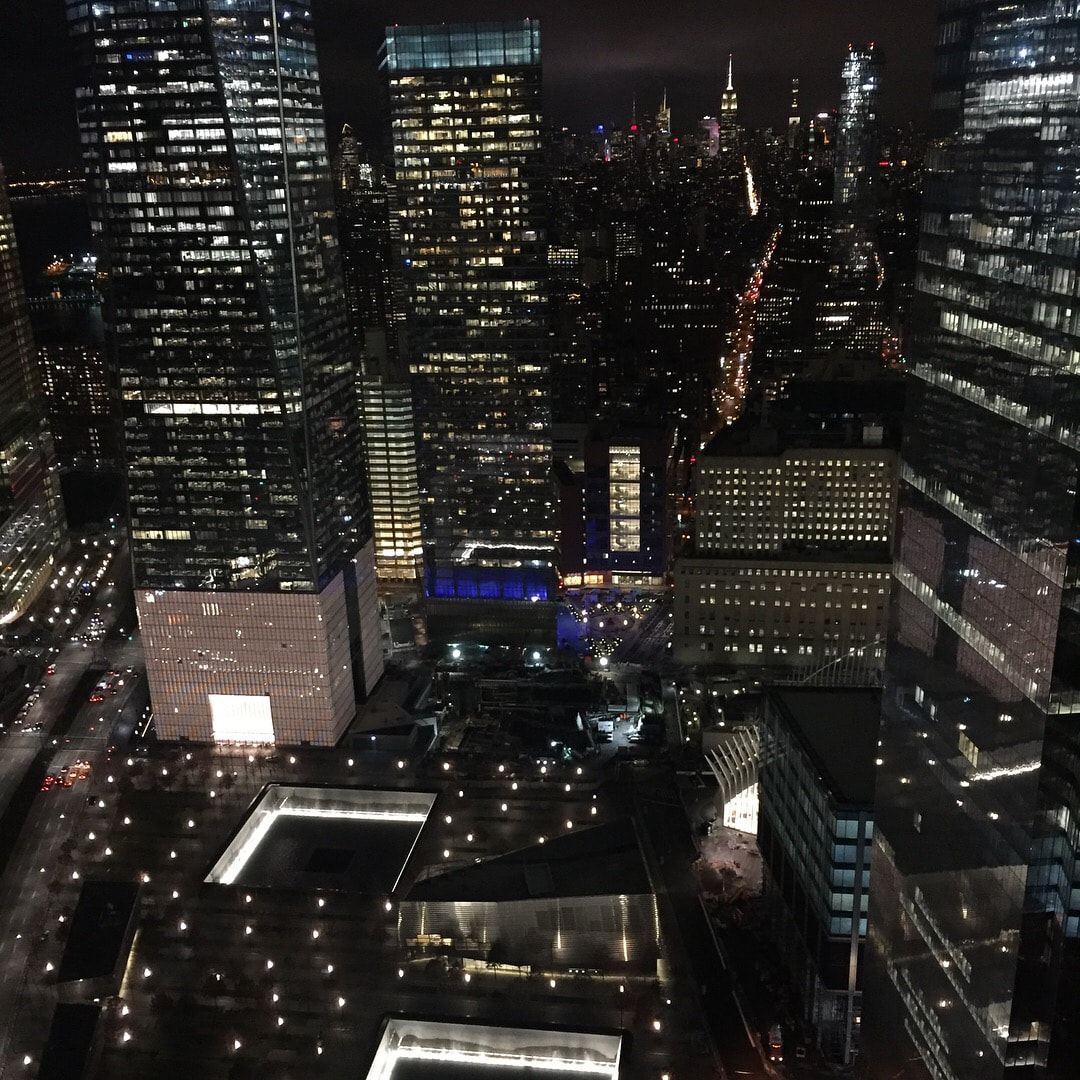
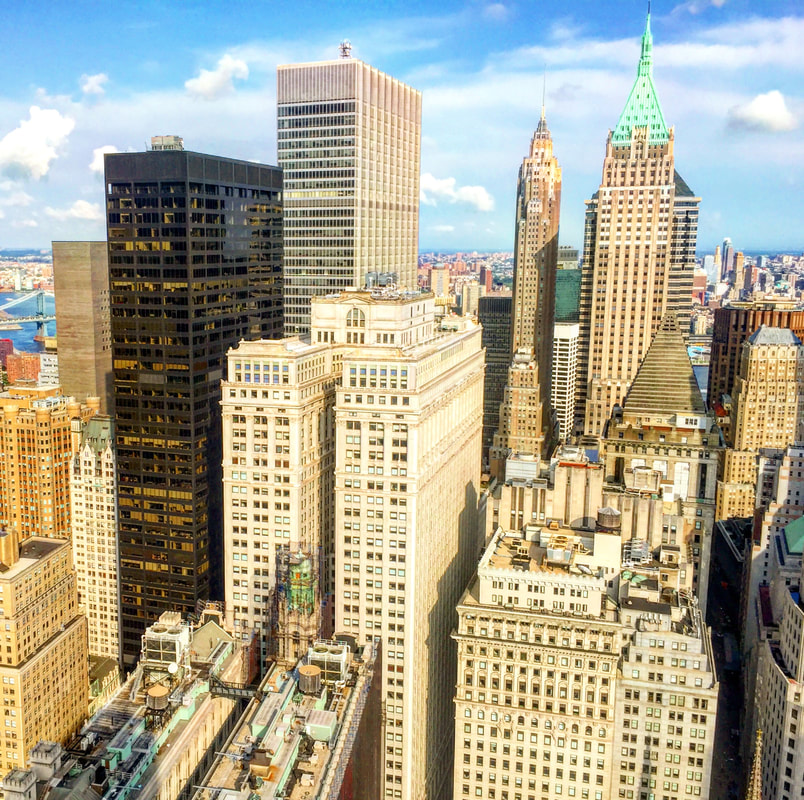

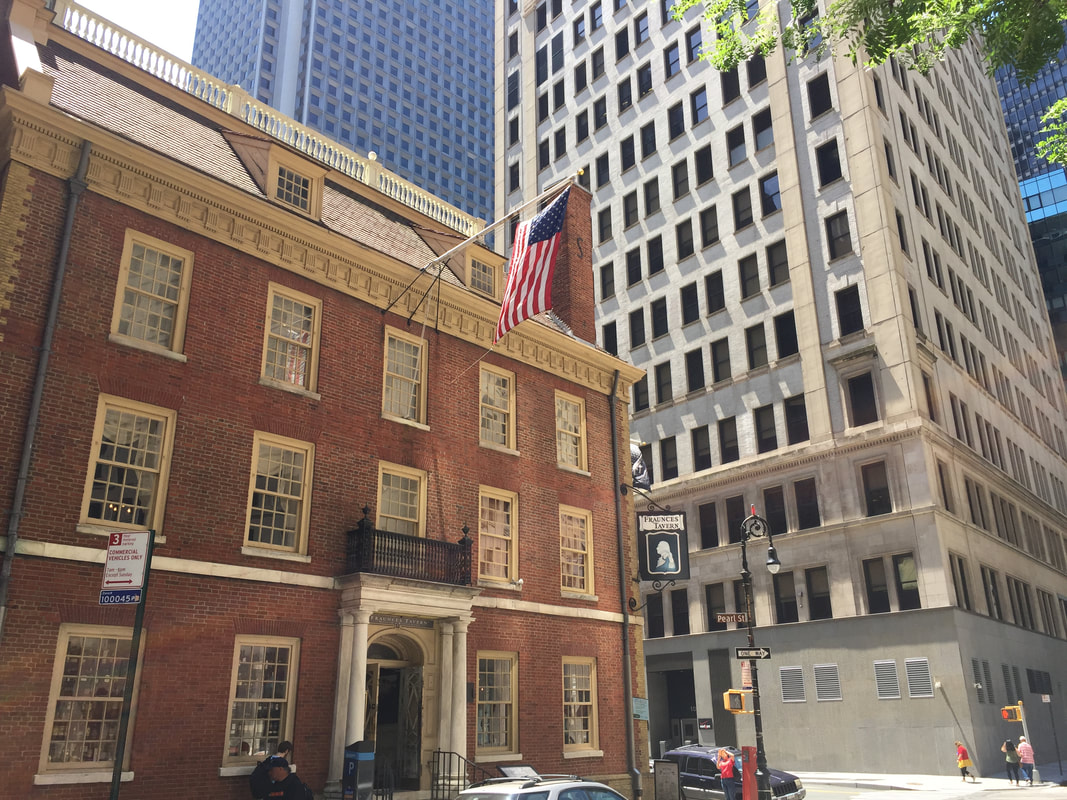
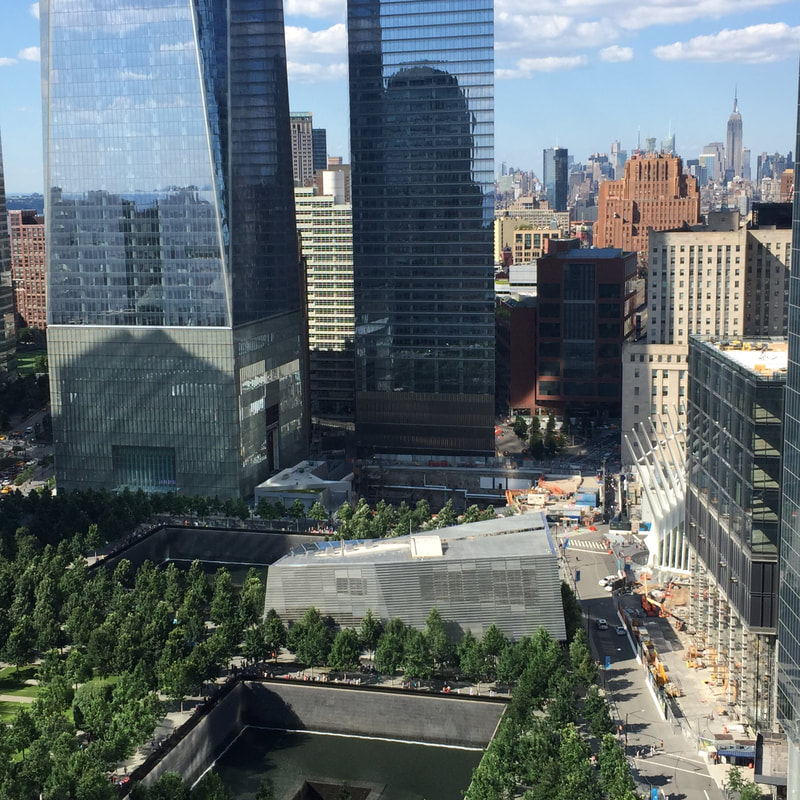

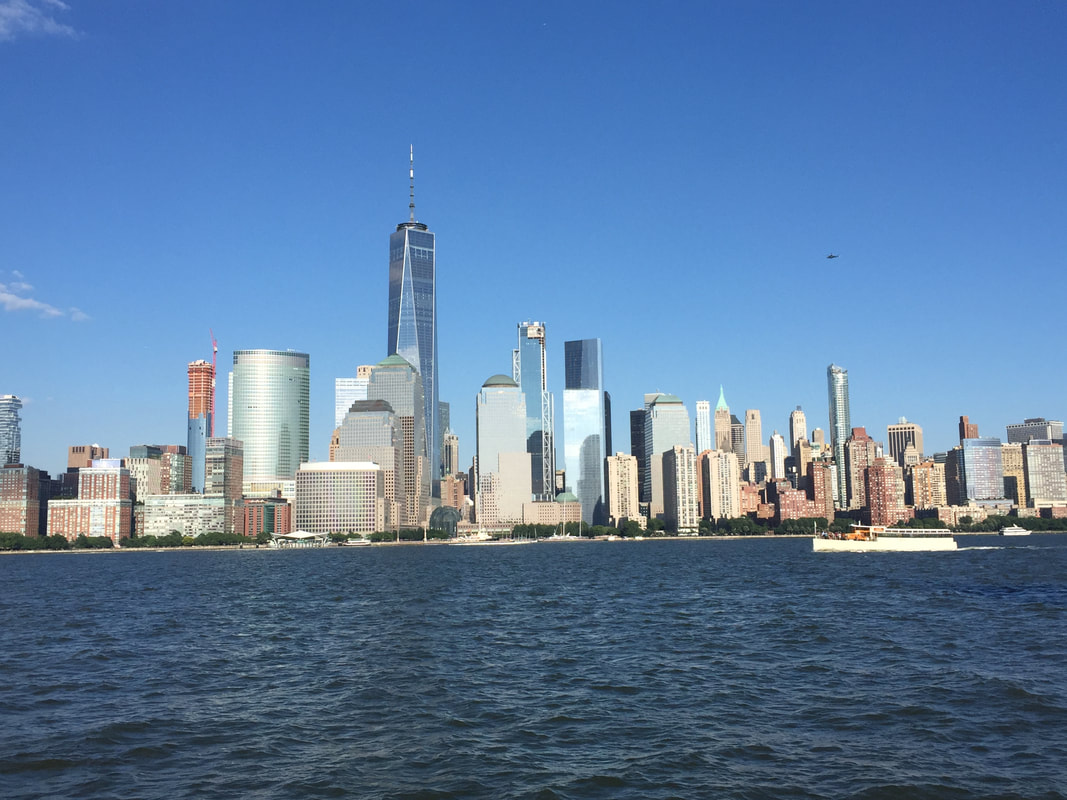
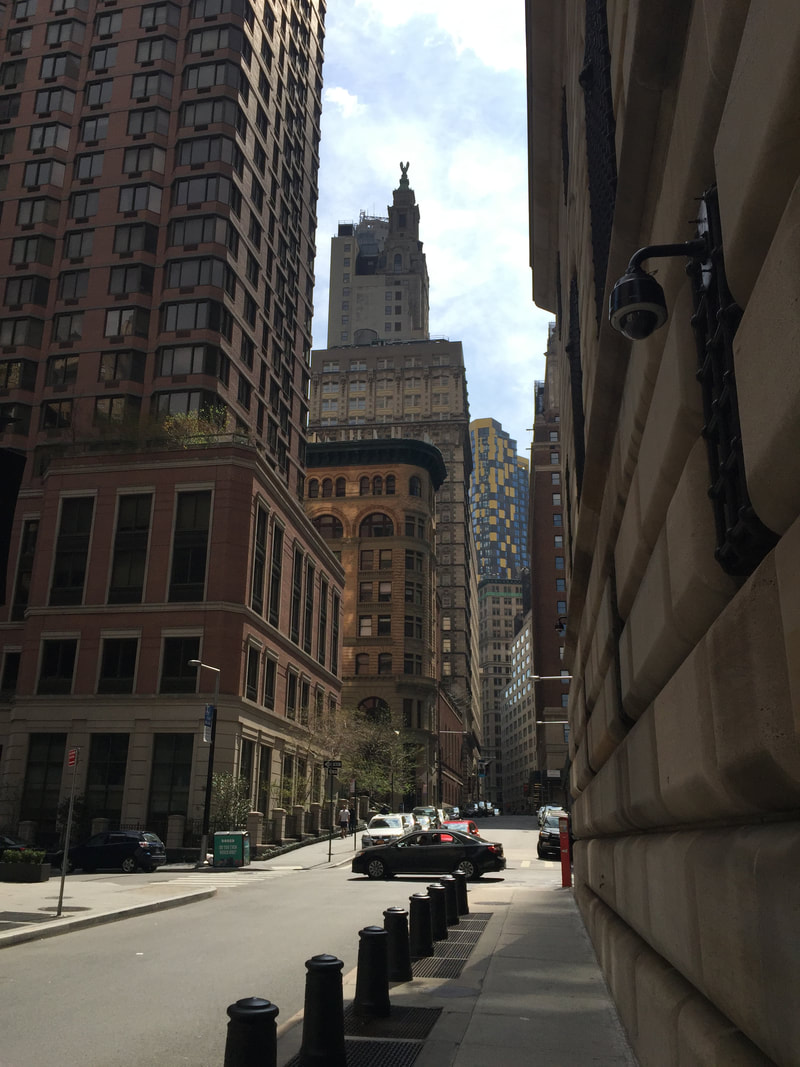



 RSS Feed
RSS Feed